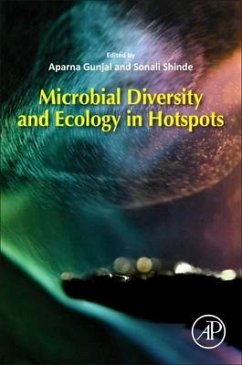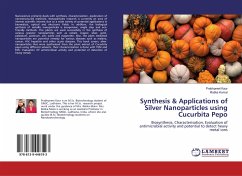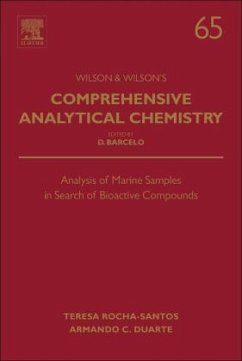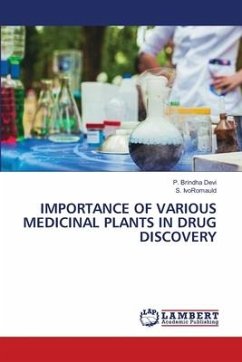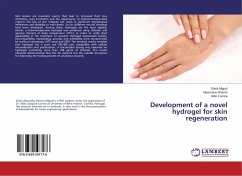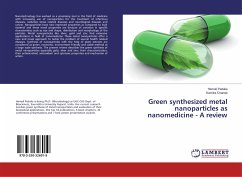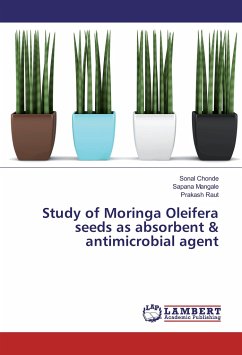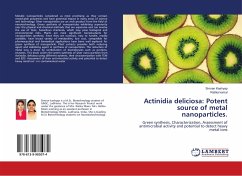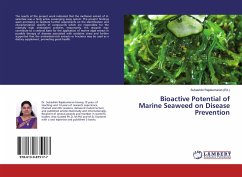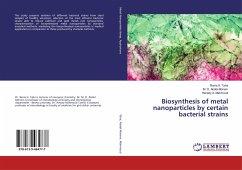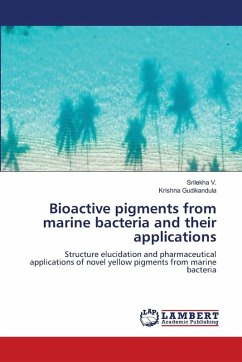
Bioactive pigments from marine bacteria and their applications
Structure elucidation and pharmaceutical applications of novel yellow pigments from marine bacteria
Versandkostenfrei!
Versandfertig in 6-10 Tagen
60,99 €
inkl. MwSt.

PAYBACK Punkte
30 °P sammeln!
Marine environments produce several unique natural compounds. Over the past two decades, marine product research, including microorganisms, has grown quickly. Science is growing interested in microbial metabolites, especially those with unique colour pigments, due to their extensive pharmacological activity despite the difficulties of isolating and harvesting marine microbes. Studies on morphology and biochemistry characterised the selected microorganisms. Both Micrococcus sp and Brevibacterium sp were identified. The data showed that Micrococcus sp's pigment was 2-Amino-N-(2 ((3,3- dimethyl c...
Marine environments produce several unique natural compounds. Over the past two decades, marine product research, including microorganisms, has grown quickly. Science is growing interested in microbial metabolites, especially those with unique colour pigments, due to their extensive pharmacological activity despite the difficulties of isolating and harvesting marine microbes. Studies on morphology and biochemistry characterised the selected microorganisms. Both Micrococcus sp and Brevibacterium sp were identified. The data showed that Micrococcus sp's pigment was 2-Amino-N-(2 ((3,3- dimethyl cyclohex-1-enyl) methyl amino)-2-oxo ethyl) acetamide and Brevibacterium sp's was 2,5-Diphenyl-1H-pyrrole. The laboratory-scale growth and pigment generation of pigmented bacteria was also measured utilising one-factor-at-a-time. Crude pigments were tested for anti-microbial, wound-healing, anti-inflammatory, and anticancer properties. Pigments' food colouring and dyeing capability were also assessed.



